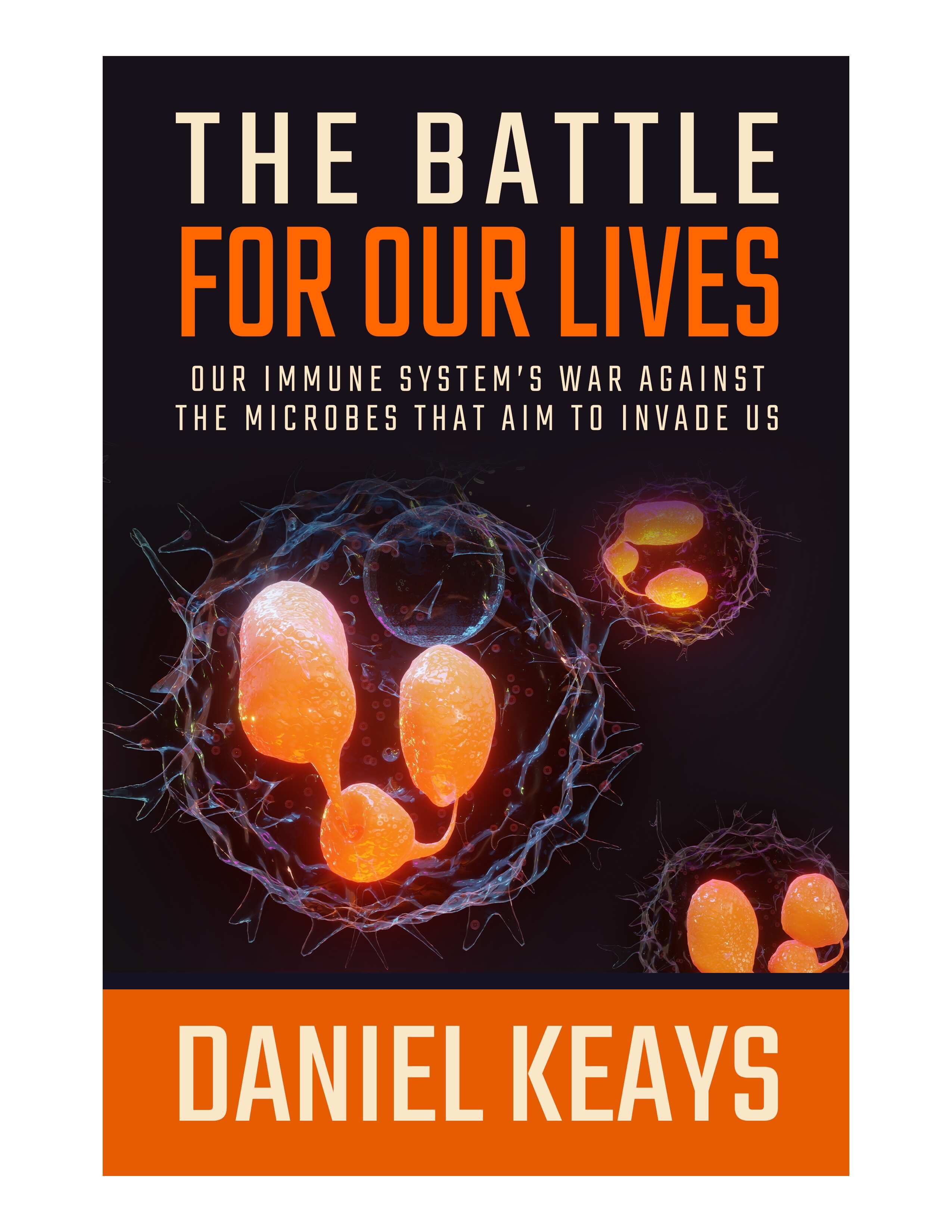Rabies

Rabies is a horrible disease that has been deeply feared since ancient times. While it is rare in today's developed countries, it remains a scourge in some areas of the world.
Helicobacter pylori

Measles

The disease measles, usually associated with childhood, at one time affected the vast majority of the population, often with devastating consequences. Today it is rarely seen in developed countries, but it is not extinct.
Tuberculosis

The ancient disease tuberculosis, usually called TB, is still a scourge in the modern age, despite our detailed understanding of the organism and its means of spread and infecting. The creature has a propensity for developing resistance to antimicrobial agents, adding to its malevolence. Over a million deaths are reported worldwide annually from the disease.
Polio

Many people hear the word polio only with respect to vaccinations required for children, and perhaps as a topic in a history class. But polio is still a signficant threat. We ignore it t our peril.
Quinine
Nature is replete with remedies for many of our ailments. One of immense importance is the cinchona tree of South America, whose bark contains a treatment for one of the most wretched diseases, malaria.
Malaria

Malaria has been a scourge of humanity for thousands of years. Despite our extensive knowledge of the life cycle of the parasite and the availability of anti-malarial drugs, it remains a problem for about 40% of the world’s population. Hundreds of millions are sickened yearly, and over half a million, primarily pregnant women and children, die.
Smallpox And Variolation

The disease preventative measure we commonly call vaccination began crudely and dangerously two hundred years ago. The story is a fascinating one.
Vaccines

Inffectious diseases cannot be eliminated, but they can to a great extent be controlled, their impact greatly lessened. One of the best tools in this endeavor is the use of vaccines. Their impact on history cannot be overstated.
Valley Fever

One of the more enigmatic infectious diseases is caused by a soil fungus, coccidioidomycosis. It is commonly referred to as Valley Fever. Infectious disease workers usually call it "cocci." It is an odd ailment. Some people can inspire the organism that causes the disease and show no symptoms at all. Others can have a severe, life-threatening condition treatable only with toxic anti-fungal medicines. There are a range of symptoms in between.
Shigella and E. coli

It's not unusual to hear about an outbreak of E. coli, often in a restaurant or a food product. But not all strains of E. coli can induce disease. In fact, most do not. We all have E. coli residing in high numbers in our bowel. But we can sometimes encounter a strain of E. coli that can produce severe disease because of a toxin it produces.
Pertussis

Pertussis, commonly called whooping cough, is an upper respiratory infection caused by a bacterium, as opposed the usual virus. For most of those infected it presents as a bad cold. But infected babies and toddlers often experience severe, sometimes fatal, disease.
Antibiotic Resistance

Infectious bacteria that have developed resistance to commonly used antibiotics are increasing at an alarming rate, threatening the health of millions of people.
Giardiasis

The parasite Giardia can cause an upheaval in our intestinal tract for a prolonged period of time, resulting in weight loss and discomfort. But some of those infected feel no discomfort whatsoever. It's a true conundrum: Infection or inconsequential commensal?
Shingles

The herpes family of viruses is intriguing. When most people hear the word herpes, they immediately think of a skin infection, either around the mouth or the genitalia. But the herpes viruses are a broad group with 9 specific members. One of them is known as varicella-zoster, the virus that causes both chickenpox and shingles.
RSV
RSV for most of us is not a major problem. But for those at the very young and some of the old it can be extremely dangerous, even fatal. The interaction of the immune system and the eradication of the virus is profoundly varied in different age populations.
Dengue
_w140_h140/Aedes%20aegypti(1)_08081209.jpg)
Infectious diseases once mainly confined to tropical areas are now being seen in wider geographic locations. Illnesses such as Zika, West Nile, malaria, and Dengue are being diagnosed with increasing frequency around the world. Two important reasons are the changes in global temperatures and international travel. Dengue is a particularly worrisome ailment, as it is spread by a mosquito that is significantly expanding its habitat.
Listeriosis

Typhoid Mary
The science of epidemiology, the study of the spread of diseases, is a vital part of our understanding and control of infectious diseases. A moniker that comes up from time to time, usually in a pejorative sense, is "Typhoid Mary." Many don't realize that she was a real person who had a fascinating history that was a significant contributor to the establishment of the study of epidemics.
Lyme Disease

Lyme Disease, caused by a bacterium and spread by a tick, is an ailment seen mostly in the summer months. The interactions between pathogen and the components of the immune system is fascinating. Sadly, accurate diagnosis and successful therapy are often challenging.
